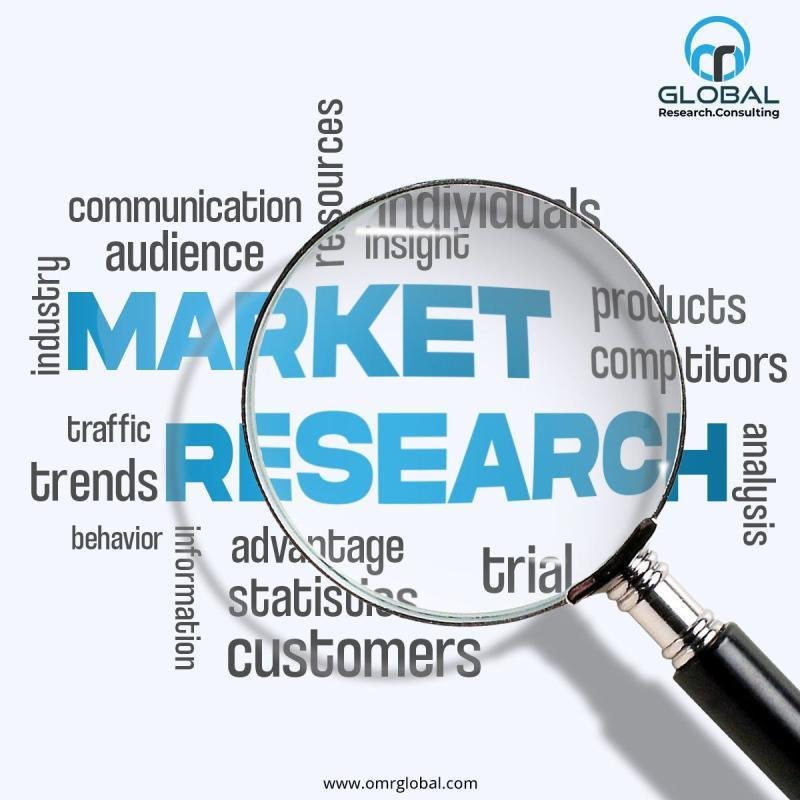The Anti-Aging Cosmetics Market: A Comprehensive Overview
The global Anti-Aging Cosmetics Market is poised for remarkable growth, with its value projected to soar from approximately USD 48.1 billion in 2023 to an anticipated USD 88.8 billion by 2033. This significant increase represents a Compound Annual Growth Rate (CAGR) of 6.4% from 2024 to 2033.
Market Drivers and Trends
Rising Consumer Awareness
Consumer awareness surrounding skincare has surged dramatically, with many seeking products that offer solutions for a youthful appearance. The increasing aging population has further contributed to this demand.
Product Diversity
The market offers a wide variety of products, including:
- Anti-wrinkle creams
- Serums
- Eye creams
- Moisturizers
These products are not only popular among older demographics but are increasingly adopted by younger consumers.
Innovative Ingredients
The effectiveness of anti-aging products has received a boost from the incorporation of advanced ingredients such as:
- Retinol
- Peptides
- Hyaluronic acid
These innovations have broadened the market’s appeal, attracting a diverse customer base.
E-commerce and Influencer Marketing
The rise of e-commerce and influencer marketing has played a critical role in changing consumer purchasing behavior. Key players are leveraging these platforms for premium product launches, thus enhancing market visibility and accessibility.
Market Challenges
Despite the growth prospects, there are challenges to consider. Concerns about product efficacy and potential skin reactions could restrain growth in certain segments of the market.
Key Players in the Anti-Aging Cosmetics Market
The competitive landscape features notable companies, including:
- Estée Lauder
- L’Oréal
- Shiseido
- Procter & Gamble
- Johnson & Johnson
These brands are at the forefront, continually innovating to maintain their market positions.
Market Segmentation
The Anti-Aging Cosmetics Market can be divided based on type and application:
By Type
- Anti-wrinkle creams
- Firming lotions
- Serums
By Application
- Skin rejuvenation
- Anti-wrinkle treatment
- General skincare
Regional Insights
Understanding the market’s dynamics across various regions is crucial. The report provides insights into key regions, including:
- North America (U.S., Canada, Mexico)
- Europe (Germany, U.K., France, Italy, Russia, Spain, Rest of Europe)
- Asia-Pacific (China, India, Japan, Singapore, Australia, New Zealand, Rest of APAC)
- South America (Brazil, Argentina, Rest of SA)
- Middle East & Africa (Turkey, Saudi Arabia, Iran, UAE, Africa, Rest of MEA)
This geographical analysis helps identify lucrative opportunities and potential investment areas.
Key Benefits for Stakeholders
- Quantitative analysis of current market trends and growth dynamics.
- Porter’s Five Forces analysis to help stakeholders make informed business decisions.
- In-depth segmentation insights to recognize market opportunities.
- Regional mapping of the largest markets based on revenue contributions.
Conclusion
The Anti-Aging Cosmetics Market is on an upward trajectory, driven by diverse product offerings and innovative ingredients. However, to sustain growth, companies must navigate challenges such as consumer concerns and product efficacy issues. For stakeholders, this presents a dynamic landscape filled with opportunities and competitive strategies for long-term success.
Request More Information
For a comprehensive analysis of the Anti-Aging Cosmetics Market, please refer to OMR Global’s report.
Stay ahead of the trends by keeping an eye on the evolving market landscape, where innovation and consumer demands dictate the future of anti-aging solutions.


